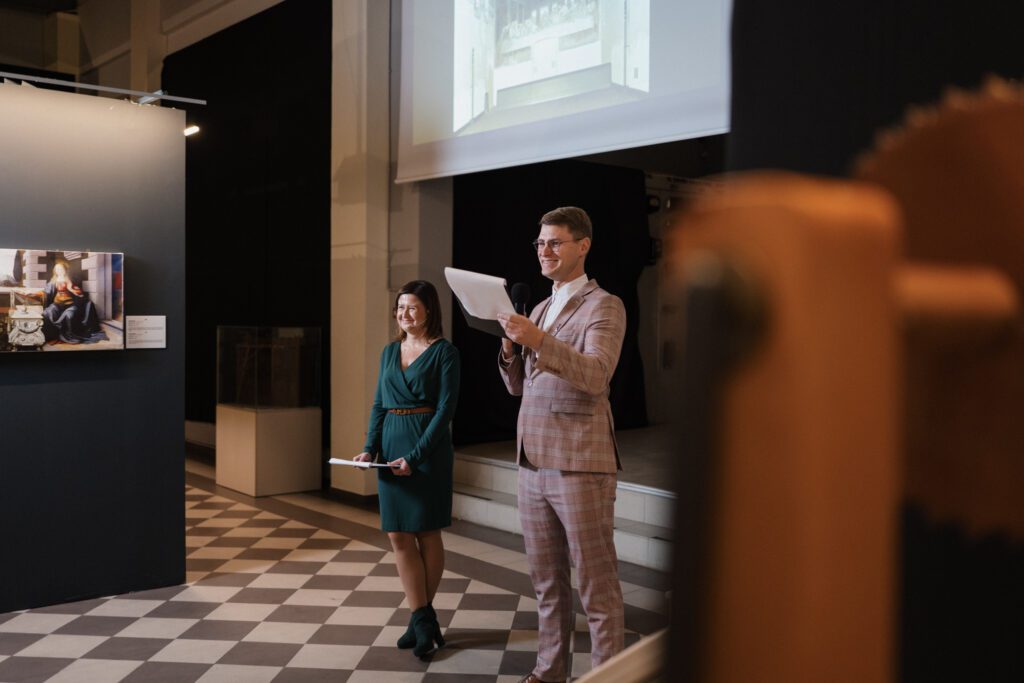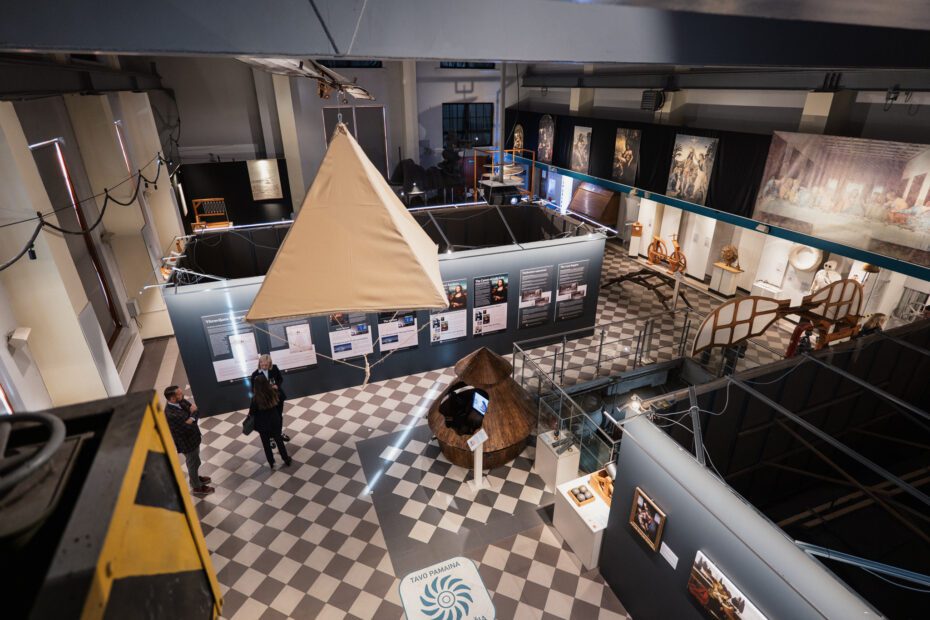In October, the Energy and Technology Museum opens the international touring exhibition “The Machines of Leonardo da Vinci”, featuring dozens of inventions recreated from da Vinci’s sketches, as well as famous reproductions of da Vinci’s most famous works, including the “Mona Lisa”, the most expensive painting in the world “Salvator Mundi”, sold for a record 450 million dollars, and the famous fresco of “The Last Supper”.
Da Vinci, born in 1452, was a Renaissance genius known for his wide–ranging contributions to art, engineering and science. Scientist, architect, painter, sculptor, musician, philosopher, mathematician, anatomist, physicist and inventor, as well as pacifist and animal advocate. The newly opened exhibition offers a unique insight into a historical personality.
Organized by Energy and Technology Museum and the Polish–German Organization of Exhibitions, the exhibition opens on 19 October at 5 PM in the Turbine Hall of the Museum.


Da Vinci and Vilnius
Da Vinci’s full name – Leonardo di ser Piero da Vinci – means: Leonardo, son of Sir Piero from the town of Vinci. His many projects include a submarine, flying machines, a parachute, a diving suit, a tank powered by human muscles, various excavators, cranes and many other devices and structures. L. da Vinci’s notes, sketches and technical drawings have been collected in the so–called Codices. The artist’s notes are believed to have amounted to more than 13 000 pages, and around 7 000 pages have survived to this day.


Kamila Gierko and Mykolas Bistrickas
“We are profoundly honored to present the brilliant inventions and creations of a genius who was centuries ahead of his time,” said Kamila Gierko, one of the organizers of the exhibition. “It is our goal to celebrate innovation, exploration, and boundless curiosity through this exhibition. Bringing this showcase to Vilnius stands as a testament to the city’s rich cultural heritage and its commitment to arts and sciences. We believe that the pairing of da Vinci’s timeless genius with the spirit of Vilnius will inspire many to appreciate the essence of Renaissance thinking and encourage a future filled with innovation and knowledge.”


One of the founding fathers of engineering
200 years before Isaac Newton, da Vinci wrote: “Weight tends to fall towards the center by the shortest possible route”. 400 years before Charles Darwin, he put man in the same category as apes.
Da Vinci is also a leading pioneer in the study of complex aviation problems. Between 1478 and 1480, he invented a lightweight glider with wings stretched over a net skeleton. In 2003, flying champion Judy Leden successfully tested this creation in the air.


An extraordinary exhibition about one of the greatest inventors in the history of the world opens this month at the Energy and Technology Museum. “Da Vinci is widely appreciated not only as a unique artist, but also as an engineering genius,” said Mykolas Bistrickas, Director of the Museum. “His inventions have had a lasting impact in a wide range of fields, including aviation, civil and mechanical engineering. His notes are filled with sketches and concepts that demonstrate a brilliant engineering intellect, and many of today’s technological solutions and innovations are inspired by da Vinci’s work. Together with our sponsor and partners, we are presenting an important, engineering–led exhibition that will contribute to fostering creativity and technical understanding among visitors”.


On October 19th, at 5 and 6 PM Kamila Gierko will give guided tours of the exhibition. The events will be held in English and pre–registration is required. The exhibition will be open until 7 April next year.


Ticket prices: for adults – 10.50 Eur; for schoolchildren, students with ISIC and seniors – 7 Eur; for visitors with disabilities and one person accompanying them – 4.90 Eur; for 2-6 years for children – 3.50 Eur (including a visit to the museum).

